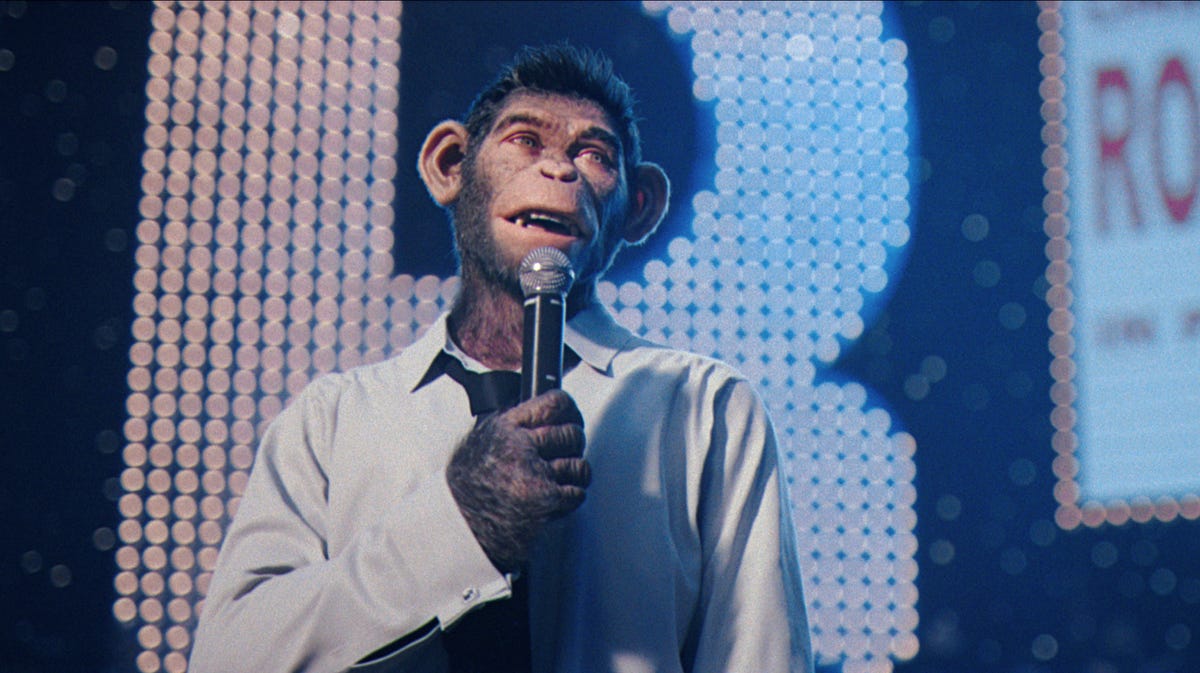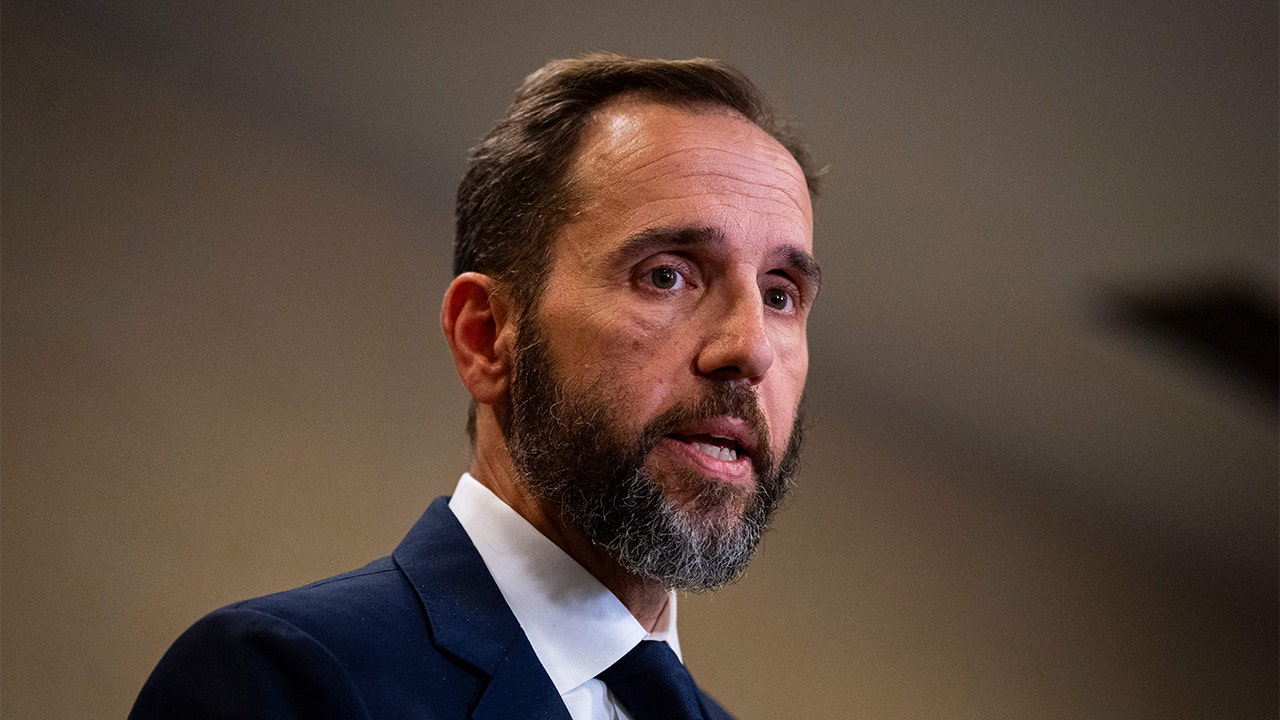Movie Reviews
‘Under Paris’ movie review: A shark tale lost in confusion and plausibility

Under Paris begins with a pre-title sequence where a group of marine scientists are dangerously close to a man-eating shark. Unsurprisingly, all but one member of the team survives the vicious attack. The surviving scientist, Sophia (Berenice Bejo), goes on to live far away in Paris with memories of the traumatic incident where she lost her husband. The shark, named Lillith for some reason, finds her way to Sophia once again after conservation activist Mika (Léa Léviant) spots her in the Seine River with a tracker.
From this point, director Gens seems confused about whether the shark must be treated as a monster or pet. This dilemma, which persists for an hour of the film’s runtime, is rather frustrating to watch. By the time the film makes up its mind, it gets hard to root for the protagonist, especially since good old logic seems to take a hit too.
Add to the proceedings a smug mayor (Anne Marivin), who doesn’t want anything hampering the triathlon Olympics in Paris, leaving you wondering how the Parisian cops let a bunch of 20-year-old activists foil their covert operation? It’s possible, sure, but the film needs to sell it. Even as the number of underwater deaths begin mounting, the Parisians are strangely devoid of any panic. Further narrative issues come in the way of a screwball subplot involving the discovery of active World War II artillery under the Seine. The shark may be kept under wraps, but how is the mayor keeping this a secret? Again, it’s possible, but the film does not attempt whatsoever to convince the audience of the plausibility of the premise.

Movie Reviews
Game Changer Movie Review: Ram Charan and Shankar deliver a grand political drama

Game Changer Review: The highly anticipated film Game Changer, directed by Shankar and featuring Ram Charan, Kiara Advani, and Anjali alongside SJ Suryah and Srikanth in pivotal roles, is a political action drama that delves into the murky waters of corruption within the Indian political system. Shankar, renowned for his grand storytelling, makes his Telugu directorial debut with Game Changer. His signature style is evident in the film’s lavish production and narrative structure. The story, penned by Karthik Subbaraj, weaves together action, drama, and social commentary, though it occasionally leans heavily on familiar tropes.
Ram Charan delivers a compelling performance in dual roles, seamlessly transitioning between the principled Ram Nandan and the rustic Appanna. As the central figure of the story, he carries the narrative with remarkable ease. While his portrayal of Ram Nandan is high on style and swag, it is his heartfelt performance as Appanna that truly resonates with the audience.
Kiara Advani, as Deepika, plays Ram Nandan’s love interest. Her character moderates Ram’s anger and inspires him to take up the IAS. While Ram and Kiara light up the screen, their love track feels somewhat clichéd. Anjali, as Parvathy, gets a meaty role as Appanna’s wife, championing his principles and cause. The emotional depth she brings to the story bolsters the film’s core.
Srikanth, as Bobbili Satyamurthy, surprises with his antagonist role. His dynamic interactions with Appanna add layers to the narrative. SJ Suryah, known for his distinct style and mannerisms, delivers yet another solid performance as Bobbili Mopidevi.
The film opens with Ram transitioning from an IPS officer to an IAS officer, featuring a stylish action sequence where he settles old scores. The first half chronicles his journey from a fiery college student to a committed civil servant. Although it employs some usual tropes and forced humour, the first half ends with an interval twist, setting the stage for an engaging second half. The latter part of the film takes a different trajectory, transitioning into a politically driven narrative rooted in the soil. The screenplay, treatment, and even the colour palette shift to complement this transformation.
Thaman’s musical score elevates the film, with a soundtrack that complements its themes. Tirru’s cinematography captures both the grandeur and grit of the story, employing dynamic visuals that enhance the viewing experience. Editing by Shameer Muhammed and Ruben ensures a cohesive narrative flow. The production values reflect Shankar’s commitment to high-quality filmmaking, with grandiose visuals in the song sequences. “Jaragandi” stands out as the highlight track, while the popular “Naanaa Hyraanaa” is yet to make its way into the final cut. The team has announced its inclusion starting January 14.
While Game Changer impresses with its grand visuals and socially relevant themes, it falters in areas that detract from its overall impact. The narrative occasionally veers into predictability, relying on familiar tropes of love, political corruption, and systemic injustice. The screenplay’s didactic tone, though impactful at times, can feel heavy-handed, leaving little room for subtlety.
Overall, Game Changer is a well-executed commercial film. Shankar’s grand scale and Ram Charan’s brilliant performance, combined with strong supporting roles and technical excellence, make it a compelling watch for enthusiasts of the genre.
Movie Reviews
‘Better Man’ movie review: Robbie Williams is a chimp. (Just go with it.)

Robbie Williams talks Golden Globe-nominated film ‘Better Man’
Robbie Williams and wife Ayda Field tell USA TODAY’s Ralphie Aversa what it feels like to be at the Golden Globes.
Music biopics are too often predictable, formulaic and, let’s face it, dull. One way to liven them up, however, is to venture way outside the box and make the central subject an anthropomorphic animal. And while an alligator Freddie Mercury in “Bohemian Rhapsody” or a sloth Bob Dylan in “A Complete Unknown” might have been bridges too far, a chimpanzee Robbie Williams defies logic and somehow works in “Better Man.”
Director Michael Gracey’s admirably eccentric biopic/jukebox musical (★★★ out of four; rated R; in select theaters now, nationwide Friday) still boasts the signature tropes of its ilk and the career-tanking vices of many a “Behind the Music” episode. Yet the fact that the ultra-cheeky Williams is inexplicably presented as a bawdy CG ape man (given cool moves and voice via performance capture by Jonno Davies) matches the fantastical nature of the British pop star’s bananas rise-and-fall-and-rise-again tale.
Join our Watch Party! Sign up to receive USA TODAY’s movie and TV recommendations right in your inbox.
The movie also has a lot in common with Gracey’s most famous effort, “The Greatest Showman,” featuring well-crafted, effervescent musical numbers doing what they can to make up for oversentimentality and an unfocused narrative.
Narrated by Williams himself, “Better Man” chronicles his life starting as a little simian dude playing soccer in the streets with his mates – and failing to impress his peers. Like his father Peter (Steve Pemberton), Robbie wants to be somebody and slowly he begins to embrace a charismatic, wild-child personality that wins him a spot in the boy band Take That. His brazen and outrageous personality wins over some like pop-star girlfriend Nicole Appleton (Raechelle Banno) – and his many fans – but irks many others, from his bandmates and manager (Damon Herriman) to members of Oasis.
The middle of the movie is where “Better Man” finds its groove. Robbie sings “Rock DJ” and his group pogo-sticks through London’s busy Regent Street in the film’s most spectacular sequence. And as the insecure Robbie goes down a bad path, he’s forced to literally fight the conflicting parts of his pop-star persona. Drugs and being a selfish jerk threaten everything, of course, and seeing a chimp go through the out-of-control partying instead of a normal dude is a bit different. The family drama peppered through the film leans too earnest, leading to an ending that pours on the schmaltz way too hard. Brash simian Robbie is a lot more fun to watch than soppy simian Robbie.
No one’s ever going to play a primate like the brilliant Andy Serkis in his “Planet of the Apes” films. Davies does a good job at moving in such a way that’s human but also a little bit wild, which adds to the hyperrealism of a proudly oddball movie. It doesn’t completely explain why exactly Williams is a chimp in the biopic – he’s said he feels “less evolved” than others, and Nicole calls Robbie an “animal” during a fight – but it makes that bizarre choice a little less head-scratching.
Interestingly, the best part of “Better Man” is Williams. He sings the songs throughout the movie – including nifty new tune “Forbidden Road” – and his fabulous narration hilariously slings jabs and adds an emotional gravitas to his screen counterpart’s struggles. When the film goes most over the top, Williams’ commentary keeps it grounded.
“Better Man” isn’t perfect – as a straightforward effort, it doesn’t hold a candle to, say, “A Complete Unknown.” But it’s never boring, either. And the film is easily the most idiosyncratic of its kind, at least until that inevitable Barry Manilow biopic featuring a yeti.
Movie Reviews
Research: How Top Reviewers Skew Online Ratings

-

 Business1 week ago
Business1 week agoThese are the top 7 issues facing the struggling restaurant industry in 2025
-

 Culture1 week ago
Culture1 week agoThe 25 worst losses in college football history, including Baylor’s 2024 entry at Colorado
-

 Sports1 week ago
Sports1 week agoThe top out-of-contract players available as free transfers: Kimmich, De Bruyne, Van Dijk…
-

 Politics1 week ago
Politics1 week agoNew Orleans attacker had 'remote detonator' for explosives in French Quarter, Biden says
-

 Politics7 days ago
Politics7 days agoCarter's judicial picks reshaped the federal bench across the country
-

 Politics5 days ago
Politics5 days agoWho Are the Recipients of the Presidential Medal of Freedom?
-

 Health4 days ago
Health4 days agoOzempic ‘microdosing’ is the new weight-loss trend: Should you try it?
-

 World1 week ago
World1 week agoIvory Coast says French troops to leave country after decades












